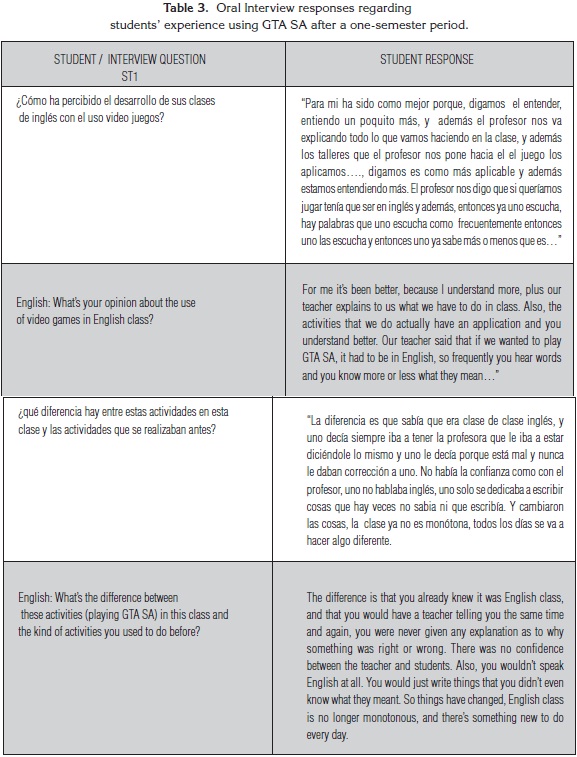Acropora palmata (Lamarck, 1816) - GBIF.
It is worth noting this essay will focus primarily on the impact of microbes on corals as organisms rather than the ecosystems of coral reefs.. dependent and culture-independent analyses reveal no prokaryotic community shifts or recovery of Serratia marcescens in Acropora palmata with white pox disease, FEMS Microbiology Ecology, 2014, Vol.Ocean acidification compromises recruitment success of the threatened caribbean coral acropora palmata.. If you are the original writer of this essay and no longer wish to have the essay published on the UK Essays website then please: Request the removal of this essay.Global Biodiversity Information Facility. Free and Open Access to Biodiversity Data.
While populations of nearly all stony coral species along the Florida reef tract have exhibited decline, the most notable decline has occurred in the once-dominant acroporid species (Acropora cervicornis, A. palmata). Both species were listed in 2006 as threatened under the Endangered Species Act. This listing, combined with their continued decline, has resulted in large-scale restoration.The once-dominant shallow reef-building coral Acropora palmata has suffered drastic geographical declines in the wider Caribbean from a disease epidemic that began in the late 1970s. At present there is a lack of quantitative data to determine whether this species is recovering over large spatial scales.

White Band type II in Acropora cervicornis. There are two etiologies of white band disease, type I and type II. In type I, tissue destruction is associated with the moving front of the band. In type II, there is at times a bleached zone between the area of tissue degradation and the moving front.












